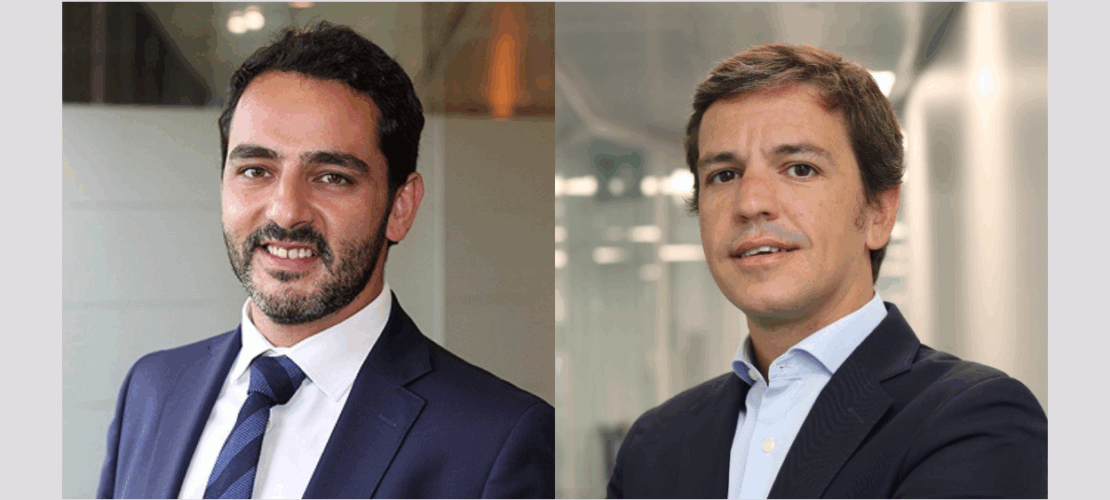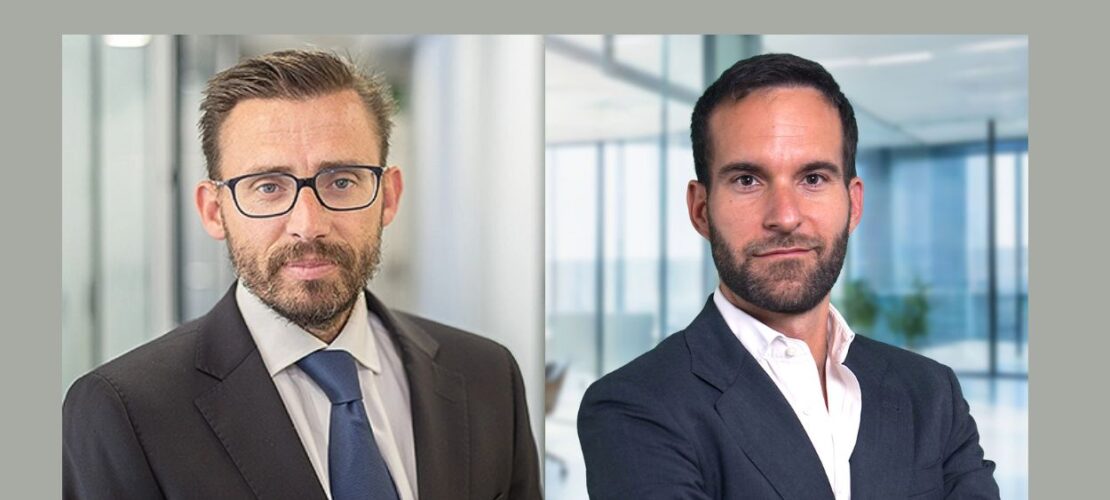The evolution of legal advice in the technological age
Asier Crespo, legal director of Microsoft Iberica, analyses how technological evolution has redefined the role of legal advisors
by julia gil
Technology has transformed our lives and our work at a pace that seemed unimaginable just a decade ago. And with it, the way we advise those who lead it has also changed: in-house lawyers no longer limit themselves to answering specific queries, but are integrated into the strategic machinery of companies, present in decision-making, implementing decisions and defending their effects in every area of the business.
Microsoft is a living testimony to this evolution. In its 50 years of global history and 35 years in Spain, it has gone from selling software to becoming a key player in artificial intelligence. Asier Crespo, legal director, has been a witness and key player in this transformation for more than 15 years at the helm of its legal department. We spoke with him about the evolution of legal advice, the transformation of the internal department to adapt to technological and regulatory challenges, and the real role of regulation.
In the more than 15 years you have been at Microsoft, technology has evolved at a dizzying pace. How has legal advice changed during this period?
Advice has gone from being primarily transactional, focused on supporting the commercial operations of the current quarter, to becoming much more strategic and aligned with the company’s long-term objectives. When I joined Microsoft, we were working with a model based on software sales. Then came the cloud, and with it, a transformation in the type of advice we provided. Customers began to store their personal and business data in the cloud, and our relationship with them came to rest on a fundamental principle: trust. Therefore, regulatory compliance naturally took centre stage in customer relations and, similarly, in the role we play as a legal department. Now, with the emergence of artificial intelligence (AI) and the focus on cybersecurity, regulation is once again marking a turning point.
Before joining the company, you spent almost a decade at Uría Menéndez. What is the most distinctive feature of the internal legal environment of a large technological company compared to a traditional law firm?
When I was working at Uría Menéndez, Microsoft was already my client. The big difference is in perspective: when you are an external consultant, you focus on providing the best advice, i.e., responding to the specific query you are asked, but that is where your involvement ends. However, when you are part of the in-house legal department, the advice is not limited to that: you have to put that advice into practice, make decisions, implement them and defend them internally within the company. In addition, your responsibility becomes proactive, ensuring that you translate legal language into the context of the company’s business.
What is the biggest challenge you are currently facing as a legal department?
…












